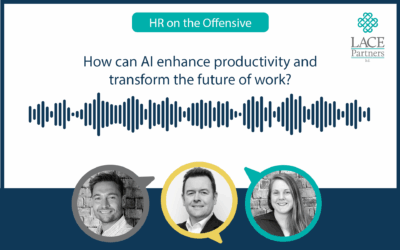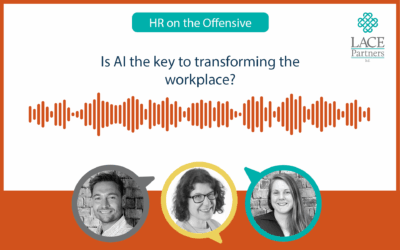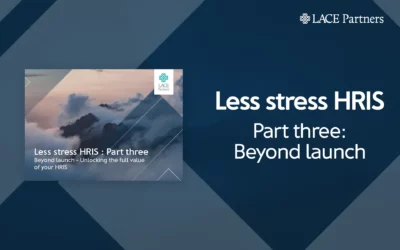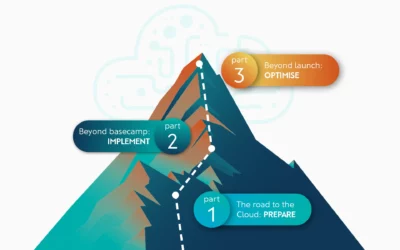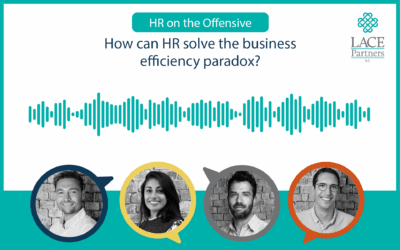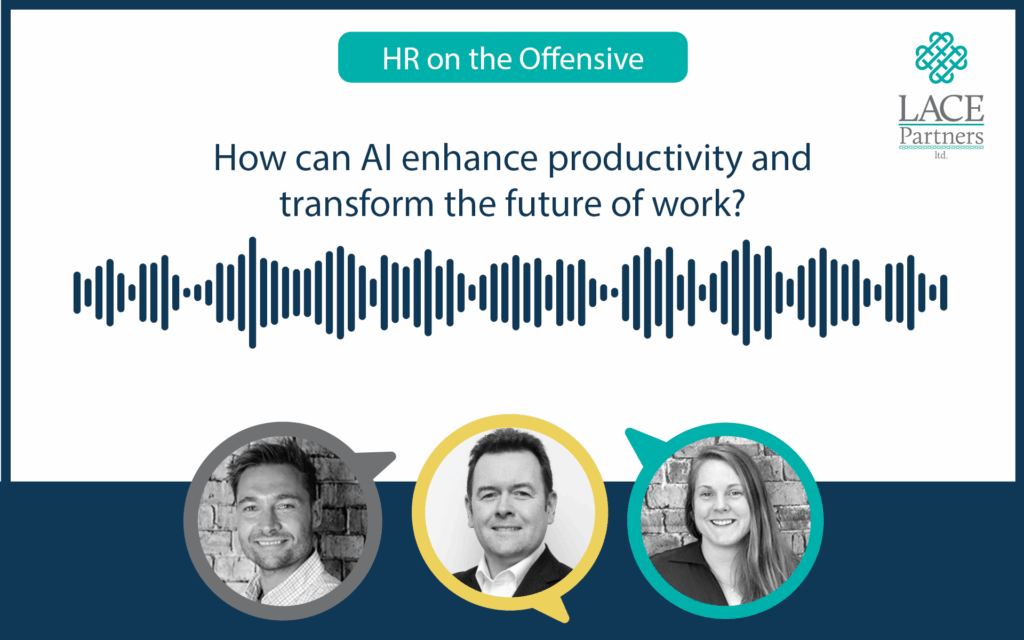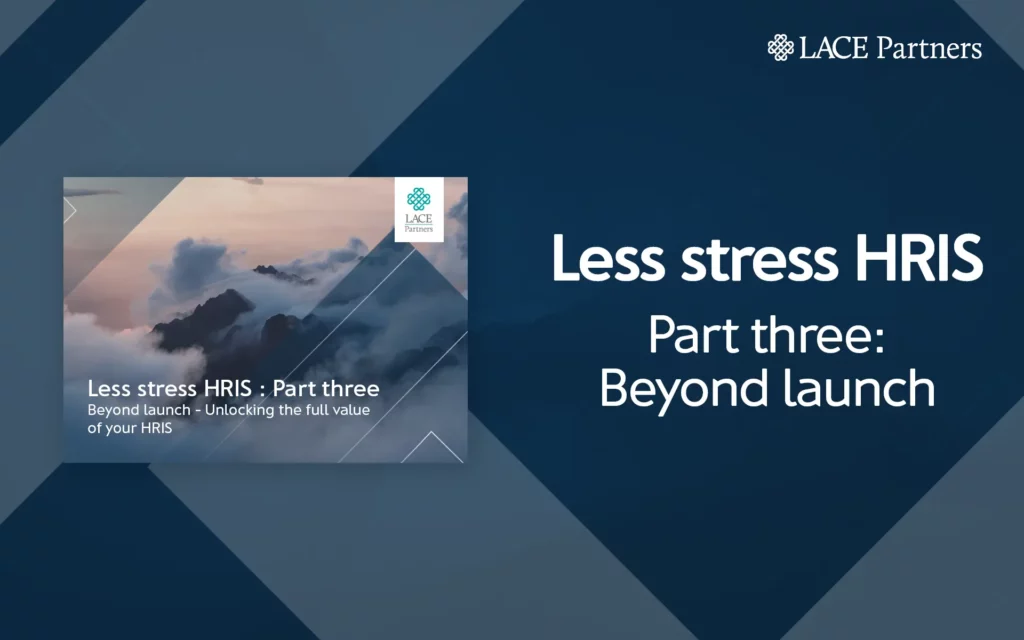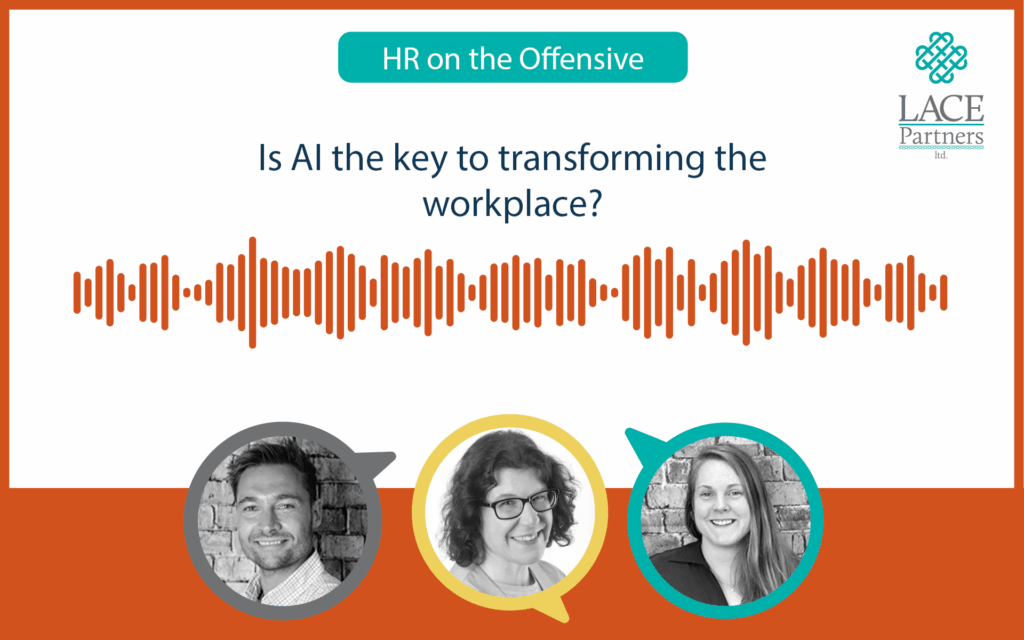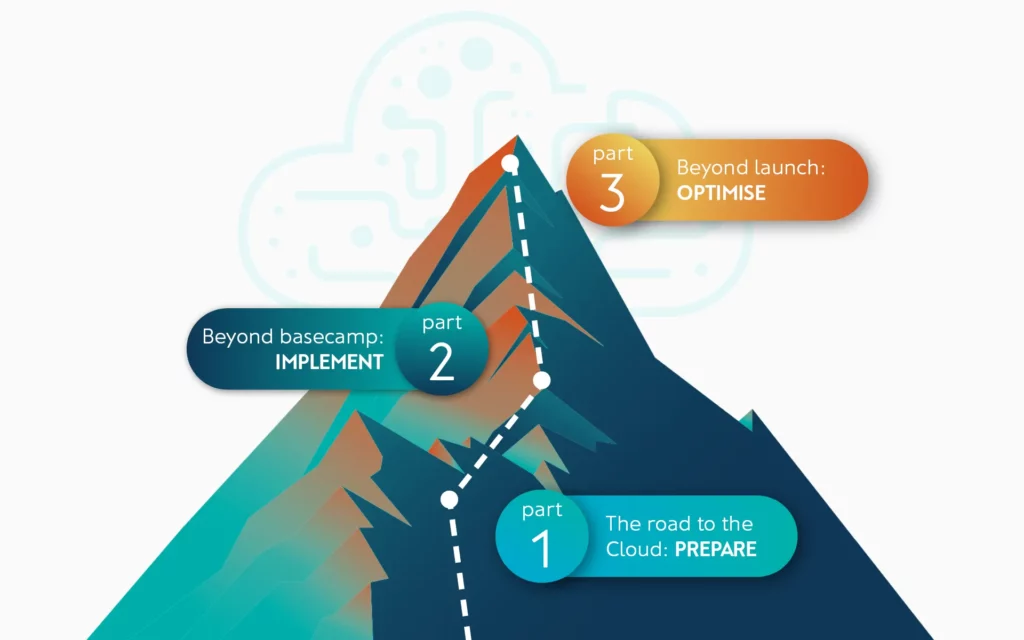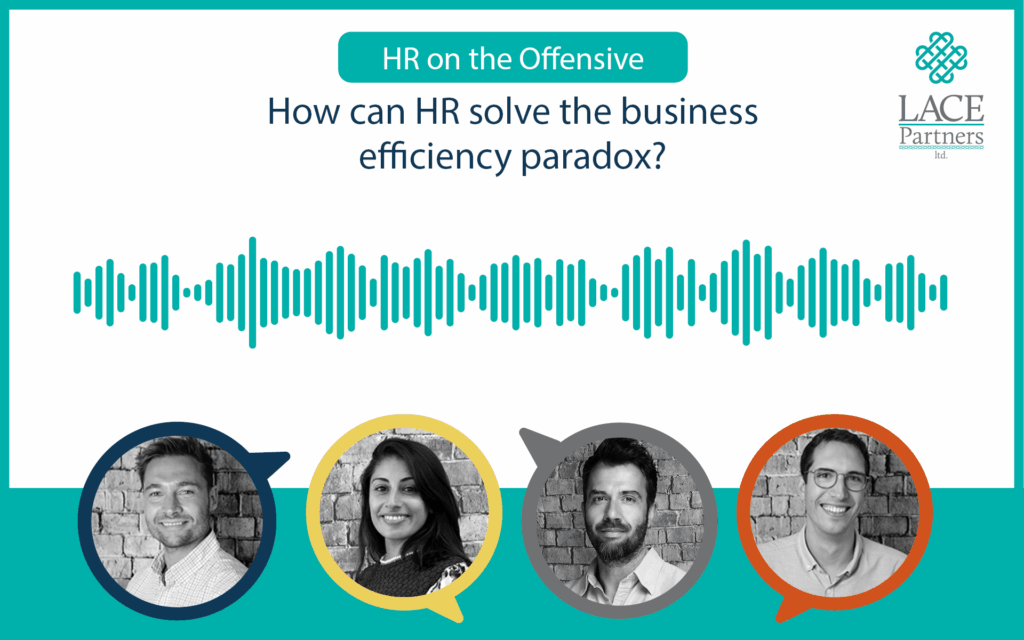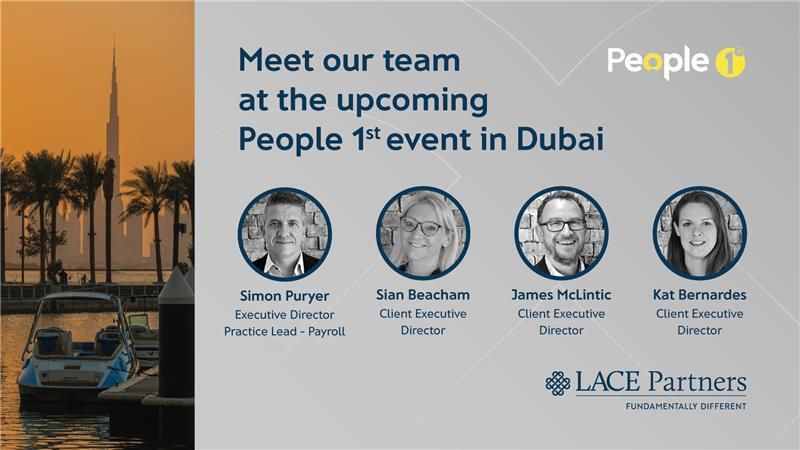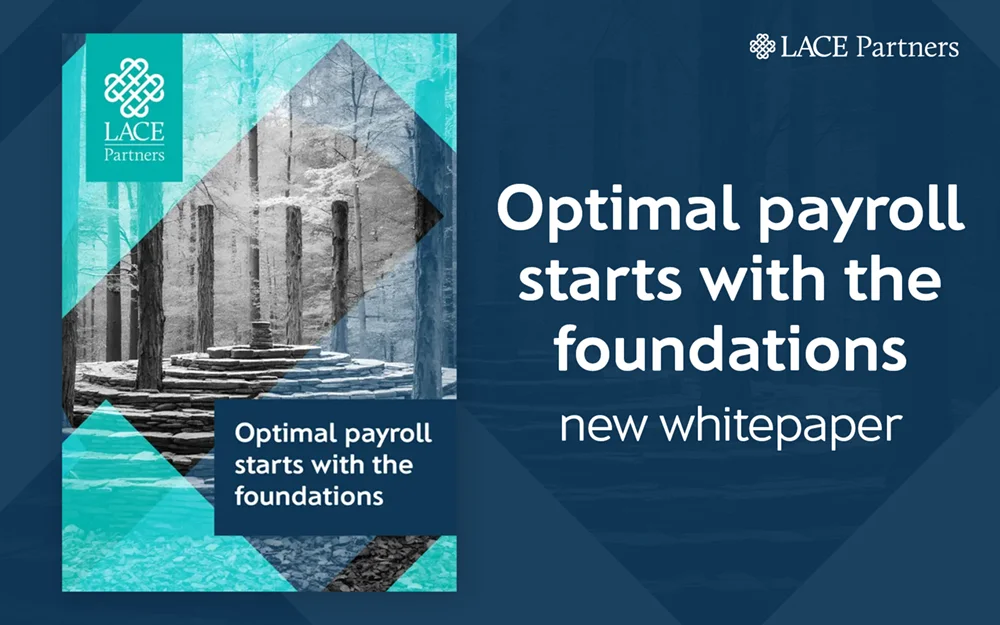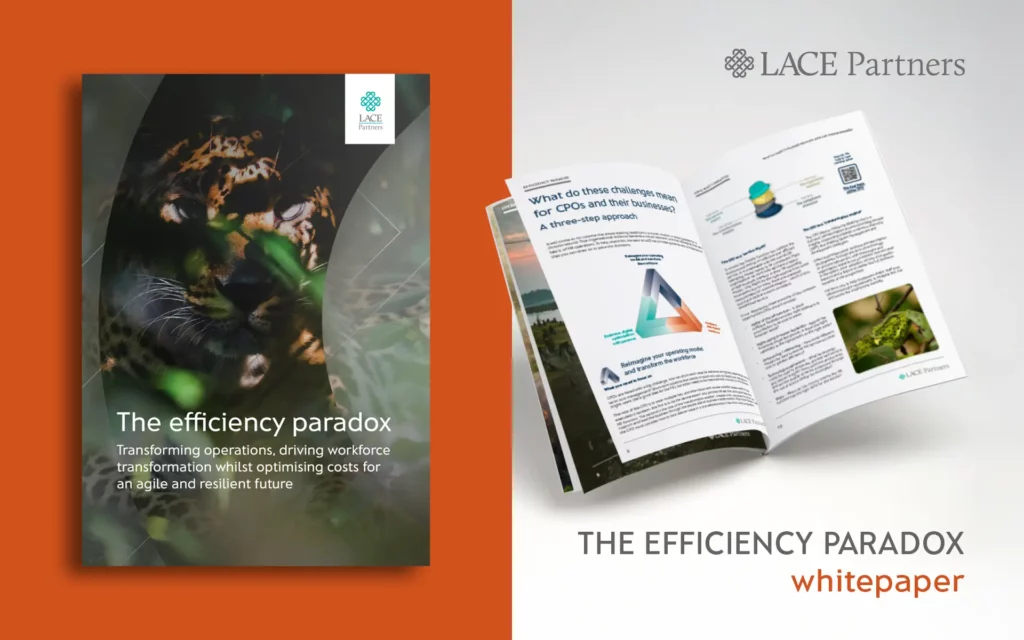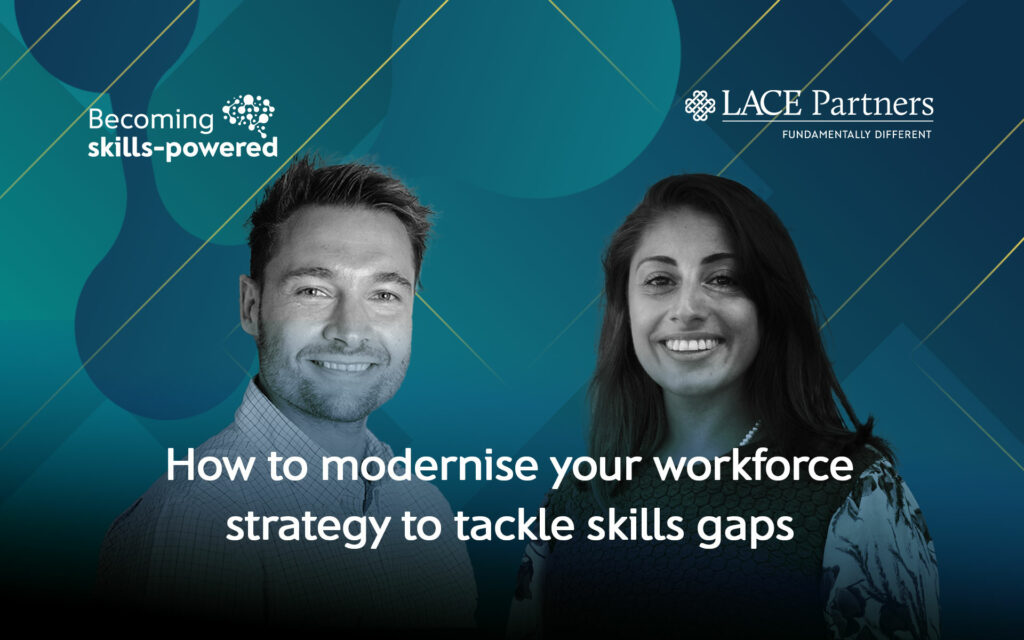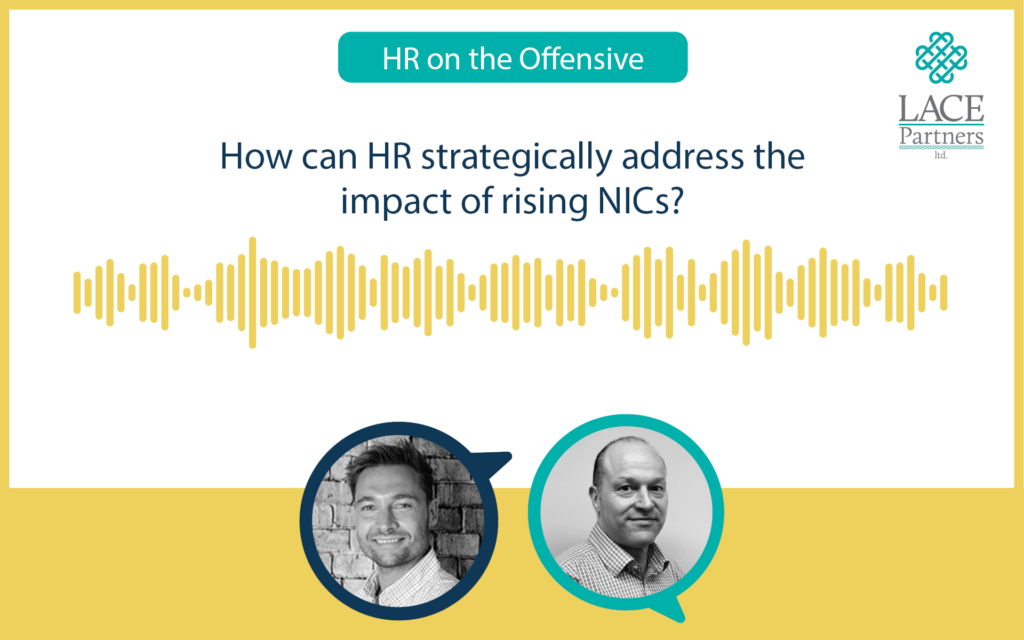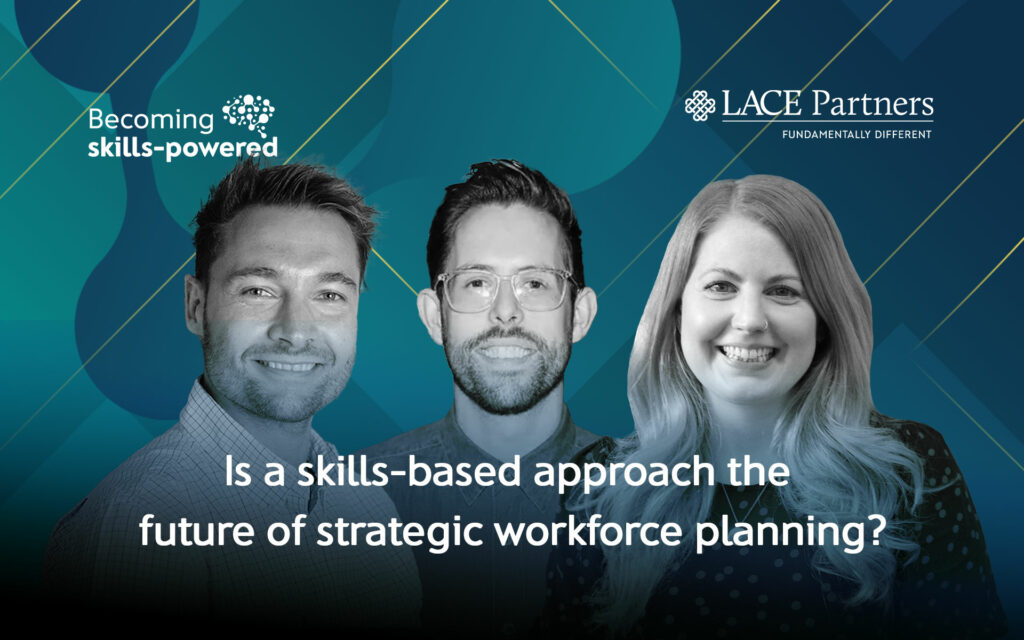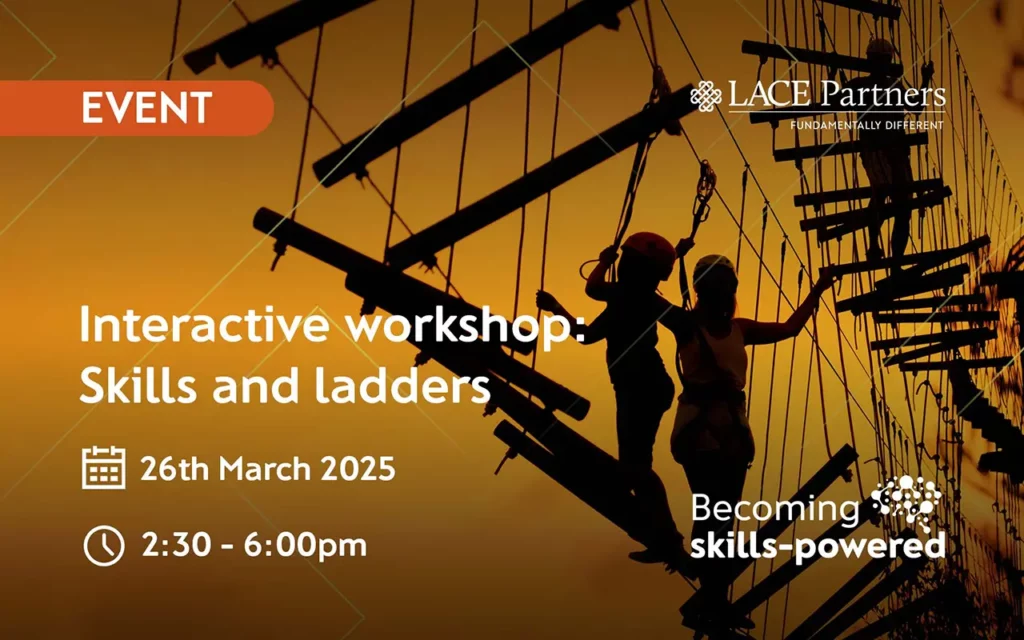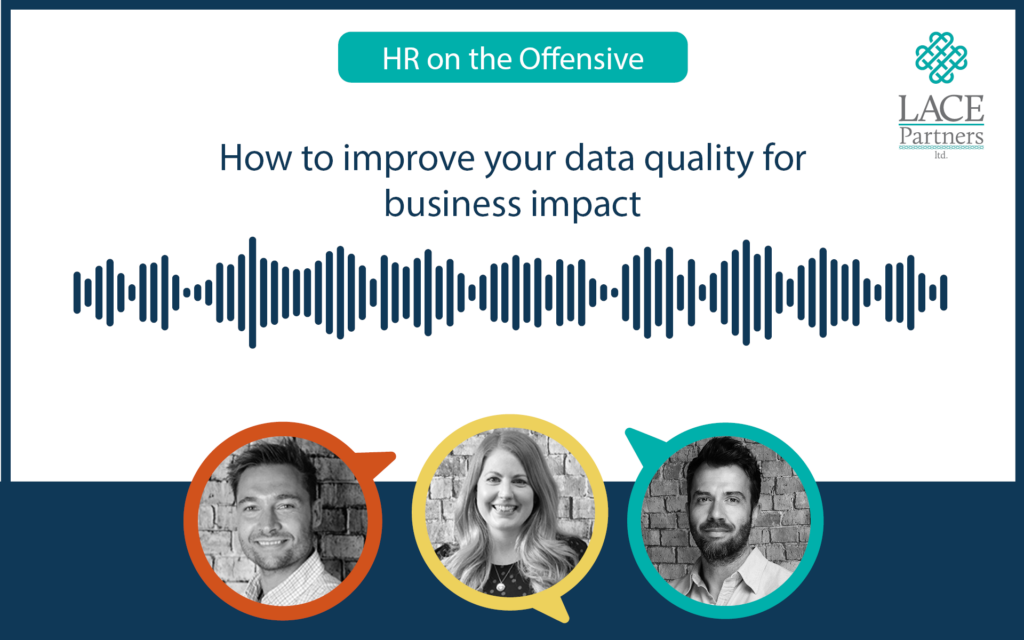What is a human capital process review? The client was looking to review and optimise their current processes ahead of a period of growth which will see the current 400 employee base grow to approximately 700. To enable this, the client recognised the importance of translating existing processes into those that are fit for purpose for the HR platform of the future that they had recently purchased.
The challenge
A lack of defined HR strategy and HR principles existed within the business, which led to ambiguity and meant prioritising technology by function, developing an HR technology roadmap for the client which, due to the lack of defined strategy, became a challenge for the team. The behaviours the business exhibited were still that of a smaller population and global reach, despite the rapid growth of the company, which meant introducing global and standardised project and technology governance would be a relatively new change that the business needed to adapt to.
The approach
To set the client up for success in advance of a cloud-based system implementation, a ‘Phase 0’ project began, lasting for a period of six weeks.
This consisted of:
- A series of ‘voice of the customer’ workshops with SMEs to understand current processes and pain points
- Current state process review – to gather and analyse process documentation and carried out a health check focused on systems, infrastructure, integrations, job architecture, roles and responsibilities
- A process optimisation heat map and end-to-end design roadmap – including potential quick wins and change impacts
- Developing out the ‘to be’ process taxonomy – assigning process owners with sign-off from the HR leadership team
- Defining the roles and expectations of global process owners to support their implementation programme governance.
The outcome
A detailed overview was provided to the client which outlined – for each process area – where the current service works well, where improvements could be made and how human capital can reduce non-value add activity. From there all of the priority processes that the businesses needed to focus on first were mapped out and a clear timeframe given on where new processes would need to be introduced, or processes would need to undergo significant change, to achieve the human capital vision.
Additionally, five ‘as is’ processes in HR operations were clearly defined with timeframes on when these should be completed also provided to the client. These were steps that would leverage the new system, demonstrating how the new system could improve the efficiency of a process and robustness of control.
If you would like to talk to a member of the team about how we can support your organisation, get in touch here.
To learn more about your services that supported this project visit our People function and Digitised workforce pages.

